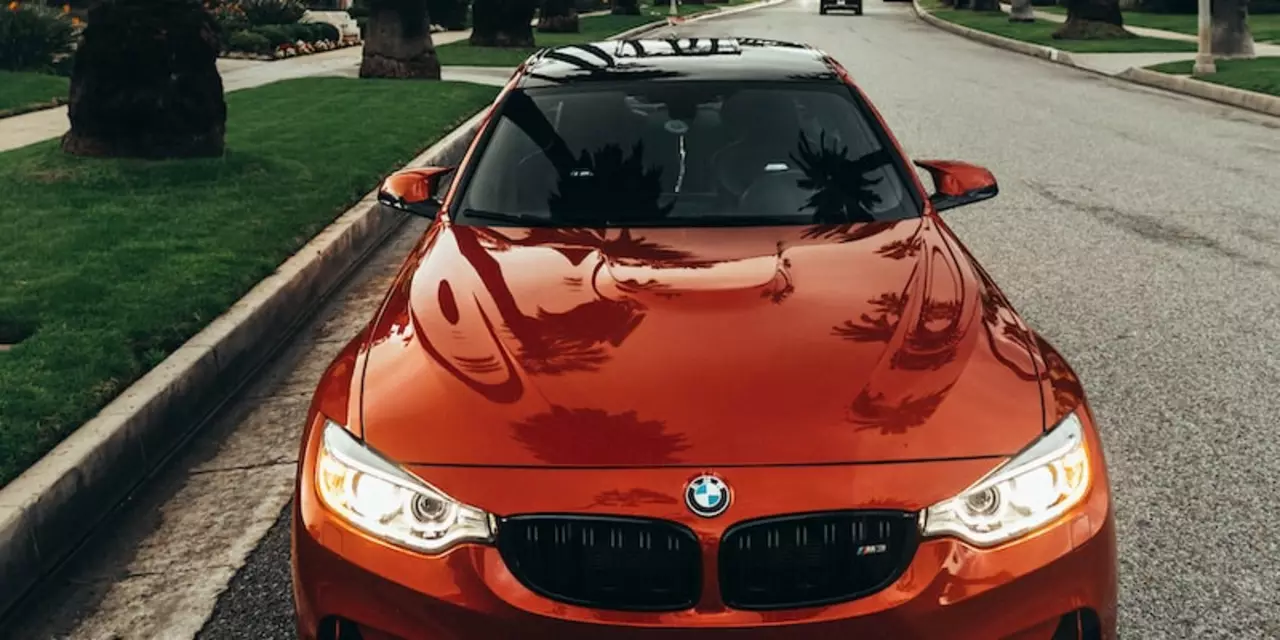Average Car – What Makes a Car Truly Average?
When you hear the word “average” you might think of something boring, but in the car world it’s actually a useful benchmark. An average car sits right in the middle of price, power, fuel economy and everyday comfort. Knowing where that middle line is helps you avoid overpaying for extras you’ll never use and also stops you from buying a cheap ride that feels like a compromise.
Most experts agree the average new car in the UK costs between £25,000 and £35,000. That’s the sweet spot where you get solid build quality, decent technology and a warranty without breaking the bank. If you’re looking at used cars, the range shifts a bit lower but the same principles apply – you want a vehicle that offers good value for the miles you’ll drive.
Key Specs of an Average Car
Power: Expect around 150‑250 horsepower. That’s enough to merge onto a motorway, pass safely and still feel a little excitement on a weekend drive. Acceleration is usually 0‑60 mph in 7‑9 seconds – not track‑ready, but more than enough for daily life.
Fuel Efficiency: The average fuel economy sits at 25‑35 mpg (miles per gallon) for petrol engines and about 40‑50 mpg for diesel. Hybrid models push the average up to 55‑60 mpg, giving you a cheaper run‑cost if you’re keen on saving fuel.
Size and Body Style: A midsize hatchback or small SUV dominates the average segment. These cars offer enough boot space for a weekend getaway, comfortable seating for four adults and a driving position that works for most body types.
Safety and Tech: Most average cars come with a standard suite of safety features – ABS, electronic stability control, multiple airbags and at least a basic driver‑assist package (lane‑keep assist, automatic emergency braking). Infotainment is usually a 7‑10‑inch touchscreen with Bluetooth, Apple CarPlay and Android Auto.
Why Knowing the Average Helps You Shop Smarter
First, it sets a realistic budget. If a car is priced far above the average, you need to ask yourself what you’re truly getting for that extra cash – is it a performance upgrade, a premium brand name, or just a marketing trick?
Second, it guides your feature checklist. You can focus on the must‑haves that sit within the average spec, like a decent infotainment system or a reliable safety suite, and skip the luxury add‑ons that boost the price without adding real value.
Third, it helps with resale expectations. Cars that stick close to the average spec tend to hold their value better because a wide pool of buyers can afford them and appreciate the familiar features.
Finally, the average gives you a comparison baseline. When you test drive a few models, you can quickly spot which one feels under‑powered, overpriced or over‑equipped. That way you walk away with a clear idea of what “average” looks like in real life.
In short, an average car isn’t a wallflower – it’s a well‑balanced ride that meets most drivers’ needs without excess. Use the price range, horsepower, fuel economy and safety tech as your quick reference points, and you’ll find a vehicle that feels right for you and your wallet.
What's the difference between a racing car and the average car?
The difference between a racing car and the average car can be found in their design, performance, and cost. Racing cars have been designed to be lightweight and aerodynamic, with a powerful engine and transmission to maximize speed and acceleration. They also have specialized suspension and braking systems, as well as advanced safety features. In comparison, the average car is designed for everyday use, with a heavier frame and less powerful engine. It also has less specialized suspension and braking, and fewer safety features. Ultimately, racing cars are built for performance, while the average car is built for comfort and practicality.




